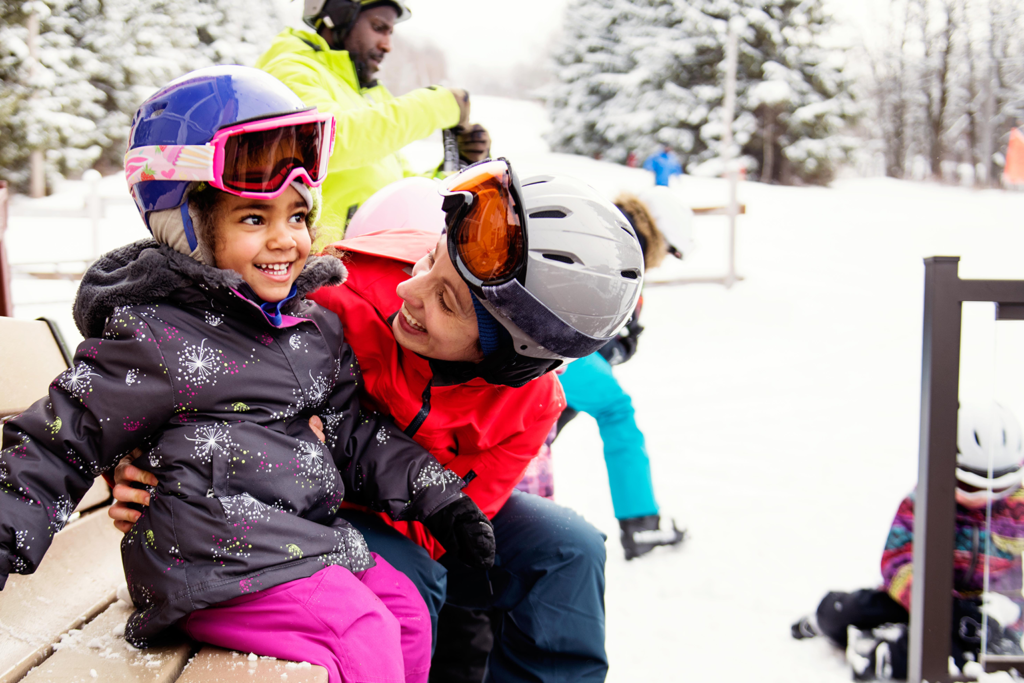The year’s first snowfall signals to skiers and snowboarders that their favorite time of year is approaching. Family and friends travel in droves to resorts to enjoy a fun, safe environment. But the fact is that severe incidents involving safety aren’t exclusive to the backcountry; they’re also possible under tightly regulated resort conditions.
Ski resorts everywhere must be vigilant about ski resort safety – not only to mitigate the risk of severe injury and even death for their guests but also to protect their business. This blog will explore common ski resort risks and steps business owners can take to reduce risks and provide the safest environment possible for guests.
Common ski resort safety risks
According to the National Ski Areas Association, in the 2020-2021 season, there were 48 fatalities and 41 catastrophic injuries of skiers and snowboarders. Less severe, but still worth noting – researchers at Johns Hopkins Hospital estimate about 600,000 injury-related incidents per year. The most common ski and snowboard accidents result from collisions and falling. Here are some of the common causes:
- Snowboarders or skiers losing control
- Riding too closely to trees and other objects
- Malfunctioning ski or snowboard equipment
- Failure to wear a helmet
- Improper footing or stance
- Steep segments of terrain
- Poorly lit or identifiable signage
- Poor condition of ski tracks
- Rider fatigue
- Impairment by alcohol or drugs
- More rarely, avalanches
Also read:
Amusement Insurance: Finding the Right Plan for Your Client
Simple safety precautions to protect guests
Although there will always be an inherent risk when skiing and snowboarding, ski resorts can take some measures to raise awareness in guests, increase ski resort safety, and mitigate risks.
- Ticket Sale Limits: Ski resorts may choose to cap ticket sales by requiring guests to reserve their spots at least 24 hours in advance. This measure can help control the large crowds on holidays and weekends.
- Strict Rule Enforcement: At Mammoth’s ski resort, guests that ignore safety rules get photos of their passes taken on the first warning. On their second offense, they must go through a “Ride Another Day” program to get their pass re-activated for use.
- Better Regulate Drug and Alcohol Use: Skiing and marijuana or alcohol don’t mix as well as guests want them to. No one, even of legal age, should be allowed on the slopes while intoxicated.
- Encourage Reporting: Guests should be encouraged to let personnel know when they see unsafe behavior or areas within the mountain that look unsafe. Just letting guests know their help is appreciated and welcomed can go a long way in mitigating risk across the entire resort.
- Safety Programs: Implement programs to increase ski safety. These can range from establishing family ski areas to increasing the number of patrollers and monitors on the slopes.
Also read:
How to Rehire Quickly for Amusement & Entertainment Business
Your last line of defense: insurance coverage
Even when a business owner takes all the proper precautions to increase ski resort safety and mitigate risk, accidents will happen. Nature is unpredictable, and so are people. The McGowan Amusement & Entertainment Insurance protects against all the inherent risks of ski resorts, delivering coverage and loss control that exceeds any other option nationwide.
Contact McGowan today to talk to a ski resort insurance expert.


